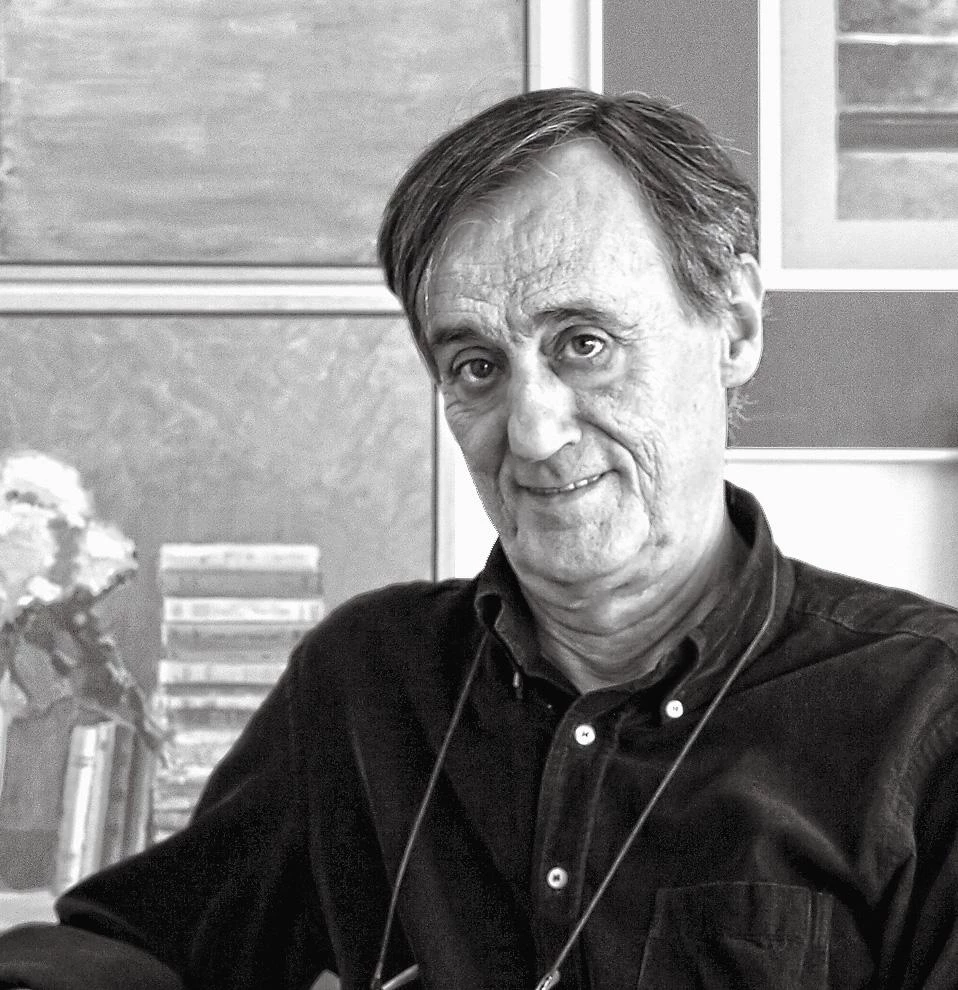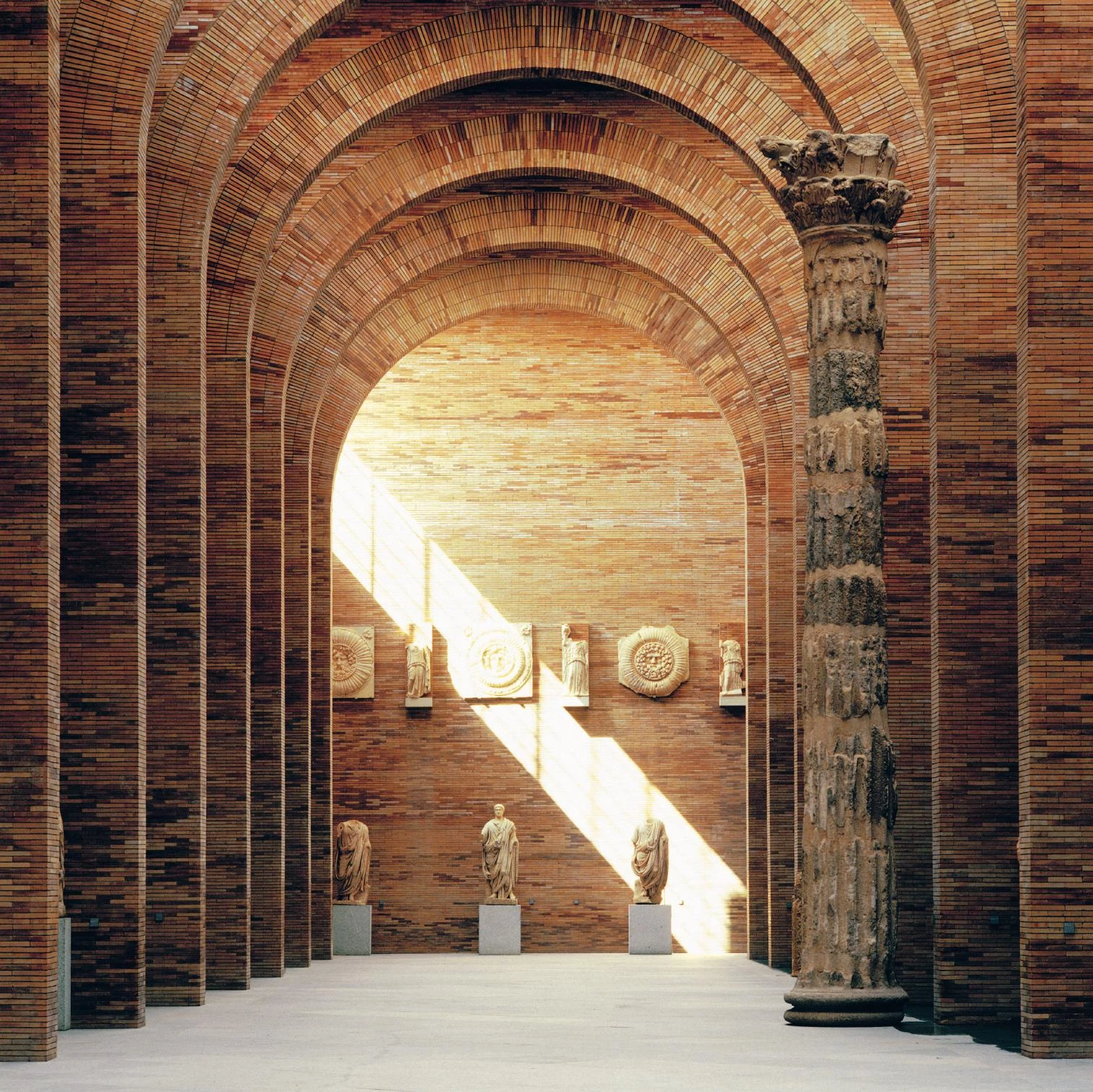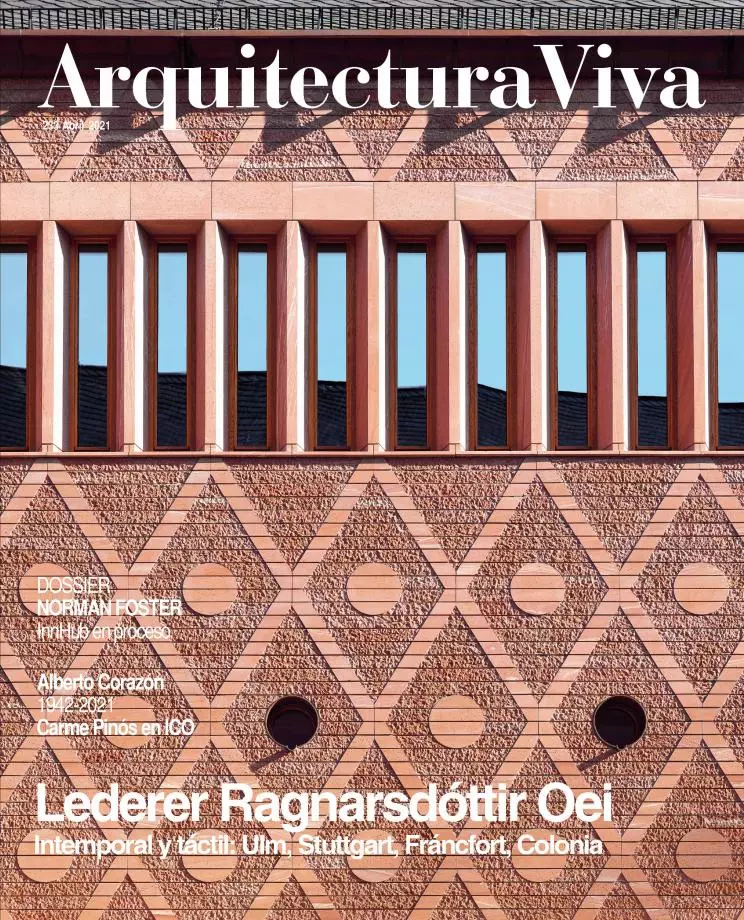
One could make a family album of Spanish architecture from the Transition to democracy to the dawn of the 21st century using only photographs by Lluís Casals. He had colleagues like Ferrán Freixa, Hisao Suzuki, Duccio Malagamba, or Luis Asín, but Casals was in a way the pioneer and composer of the new visual narrative of that architecture that shook off postmodernity and with the turn of the century took on a personality recognized worldwide.
Lluís Casals was born in Barcelona, and in his adolescence, thanks to the bewitching red light of a schoolmate’s dark room, he discovered the calling he would devote himself to for almost four decades. After attending Elisava, he was drawn to architectural photography. Casals admired Català-Roca and without demur took up his baton, but he had to learn the aggiornamento of a genre that required a change parallel to the ongoing political shift, for two main reasons. One was technical, because the definitive arrival of color film somehow erased the aura of the monochrome architectural image, giving it a new realism. The other had to do with a quantitative and qualitative rise of architecture magazines, and the responsibility that comes with the mediatic nature of images.
Casals dealt with all this in stride. Looking through his best shoots, we see that good architectural photography delves into the soul of spaces and lets light be the one that leads the visual construction of their narratives, as does the iconic image of the Mérida museum’s atrium. To arrive at such restraint, the photographer first had to gain the trust and respect of the Catalan duos and trios, such as Studio PER, Bach and Mora, Correa and Milà, and MBM, eventually collaborating with the architects who both here and abroad defined the status of Spanish architecture in the course of its turn-of-century transition: Moneo, Ferrater, López Cotelo, Navarro, Cruz and Ortiz, and more.
Lluís Casals took photography as a whole challenge: “to discover and understand the rationale of a volume in space, and thus know how to make it known through another form... within the limits of a rectangle.” Such objectivity defines one of the characteristics of his photography. It does not contaminate its subject with anything that could potentially distract viewers in their contemplation of the recognizable attributes of an architect’s work. At the end of the day, this is his style: an absence thereof, so that it is the architecture itself that speaks.
Casals also did personal shoots of the Alhambra, the Barcelona Pavilion, or Montserrat. In sum, we are left with the legacy of one who knew to emote and emotionalize with his work, “a craft where I can see twilights and witness harvests.”






